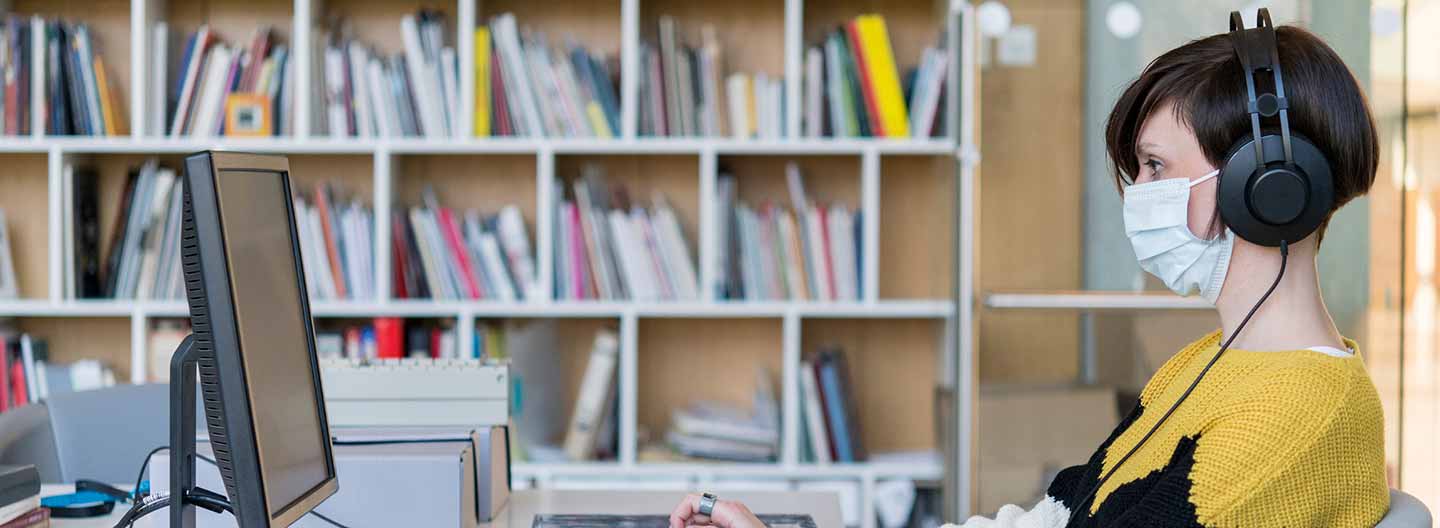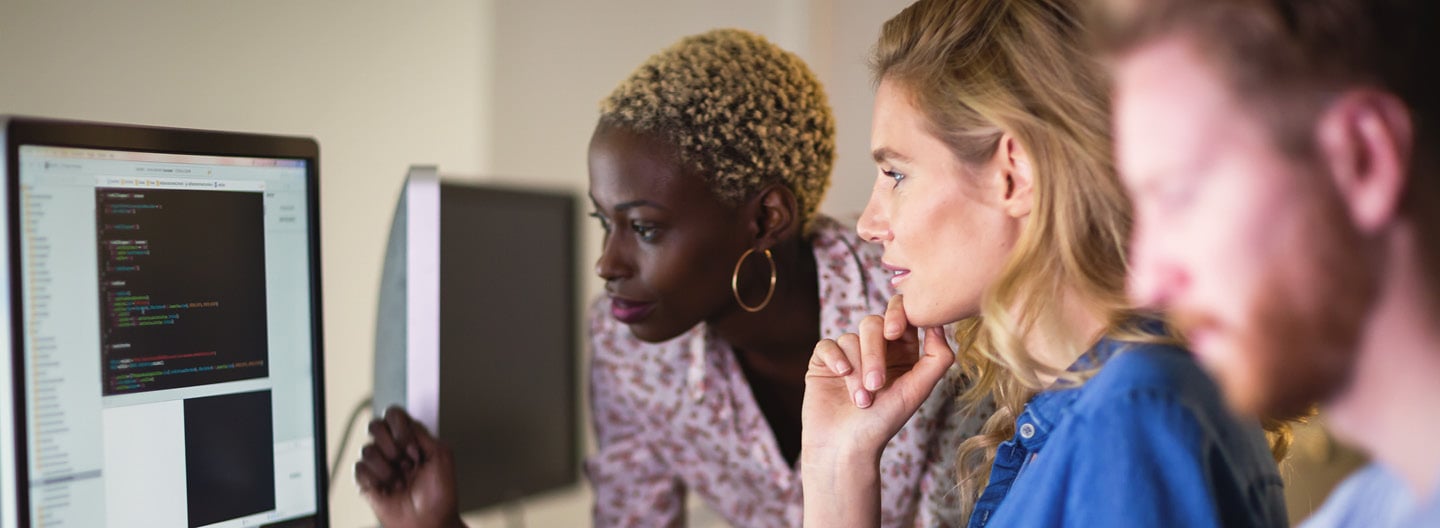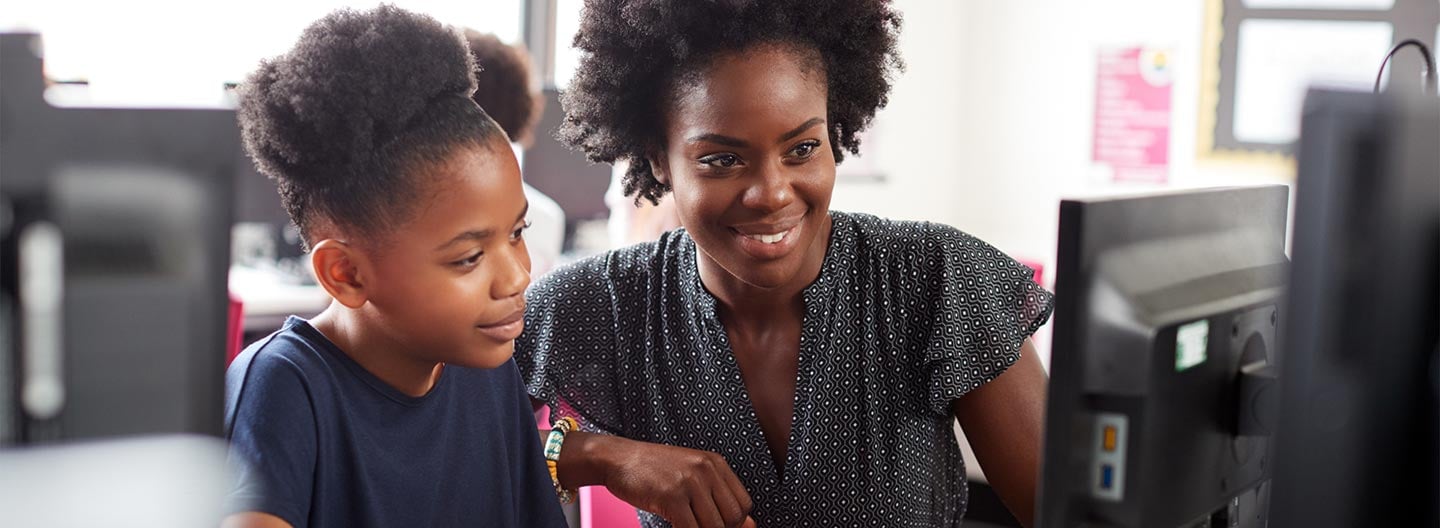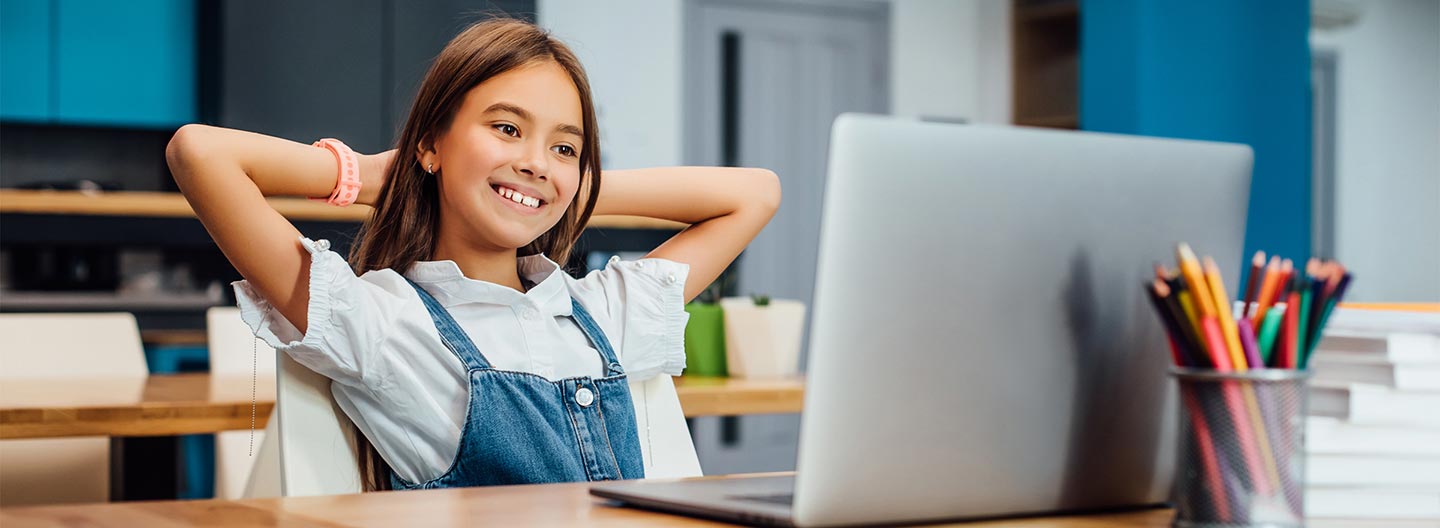Editor's note: This post was published in April 2015 on the previous TechSoup for Libraries blog. It was updated with new information in June 2020.
Assistive technology continues to be an important topic as public libraries strive to become more inclusive spaces for all members of the community. The American Library Association has a clear policy on accessibility:
"Libraries play a catalytic role in the lives of people with disabilities by facilitating their full participation in society. Libraries should use strategies based upon the principles of universal design to ensure that library policy, resources and services meet the needs of all people."
Familiarize Yourself with the Types of Assistive Technology
Because the term "assistive" can apply to many different types of technologies, Dina Abramson, the disability information and referral coordinator at the Texas Talking Book Program and Texas State Library, breaks it down into different categories:
- Low vision/blindness
- Deaf/hard of hearing
- Mobility impairment
Dina suggests some low-cost and free accessibility programs for users with low vision, such as NVDA (NonVisual Desktop Access). It is a free screen reader that enables vision-impaired people to independently use Windows PCs.
Learn About Disability Etiquette
Dina Abramson also provides a brief overview of basic etiquette for working with patrons who have disabilities.
- For patrons who have low vision, speak in a normal tone of voice, give clear directions, and offer your arm, shoulder, or elbow (don't grab them without asking!) It's also important to understand that there are different levels and types of vision.
- For those who are deaf or hard of hearing, speak to the individual and not the interpreter and look directly at the person. Make sure to not block your face and mouth while speaking and be patient if the person has a speech impediment. Finally, be open to different forms of communication: interpreter, lip reading, or pen and paper.
- For working with those with mobility impairments, never touch a person's wheelchair, cane, or assistive device without permission. Offer assistance first, but realize that people who use wheelchairs or scooters might have some ability to walk.
- Finally, with all types of impairments, you should refer to the person first, then the disability. For example, you should say "a person who uses a wheelchair" versus "wheelchair bound."
Team Up with a Local Assistive Organization
Nancy Murillo of the Pittsburg-Camp County Library in Texas, with the help of the East Texas Lighthouse for the Blind, identified 38 visually impaired people in Camp County and about 100 in the surrounding areas. The plan was to provide modern assistive technology to these community members
Nancy identified what technology the library actually needed. They got a Windows all-in-one unit with touch technology and a very clear screen. The PCs have JAWS technology, which is a comprehensive screen-reading program that helps low vision or blind users to complete tasks. The Lighthouse staff provides IT support remotely for the all-in-one computers.
The Pittsburg-Camp County Library also has high-resolution CCTV displays that allow users to enlarge both text and images from printed materials. CCTV displays can reverse colors, offer additional colors, and enlarge text as much as one letter at a time.
The Lighthouse staff trained the library's staff on using the technology. They also got a community volunteer who has low vision to assist patrons and staff with the assistive devices.
Clay Ragan, director of the Computer Training Bridge at the Forsyth County Library in North Carolina, also partners with local agencies and organizations, such as the Winston-Salem Industry for the Blind to provide best practices and technology recommendations.
These agencies have helped us stay abreast of assistive technology trends," Clay said.
He also says that local partners serve as an additional resource if the library can't meet a patron's needs. For example, if the patron asks about a technology the library doesn't provide, the staff can direct them to an assistive tech organization.
Get the Word Out About Your Assistive Technology
"Publicize, publicize, publicize!" suggests Nancy Murillo of Pittsburg-Camp County Library. "The only way your community is going to know about your assistive technology is if you tell them about it. Luckily, the Lighthouse organization had some marketing materials that the Pittsburg Library could use. If you're working with a nonprofit on improving your accessible technology, make sure they're letting their network know about the great work that you're doing."
Clay Ragan of Forsyth County Library agrees that partnerships are a great way to market your assistive technology. If a partner organization has an influx of customers who need tech access or training, the organization will send their customers to the library.
It's Okay to Not Know Everything (and Be Flexible!)
Many times the patron will know more than the staff about assistive technology, Clay Ragan maintains. They've been using it their whole lives and simply want access to it. And the patrons knowing more is a good thing: they're often up-to-date on assistive technology trends and can make recommendations for the library.
Clay offered this piece of wisdom: "Take AT [assistive technology] as a case-by-case situation. What worked for the last patron might not work for the next patron."






